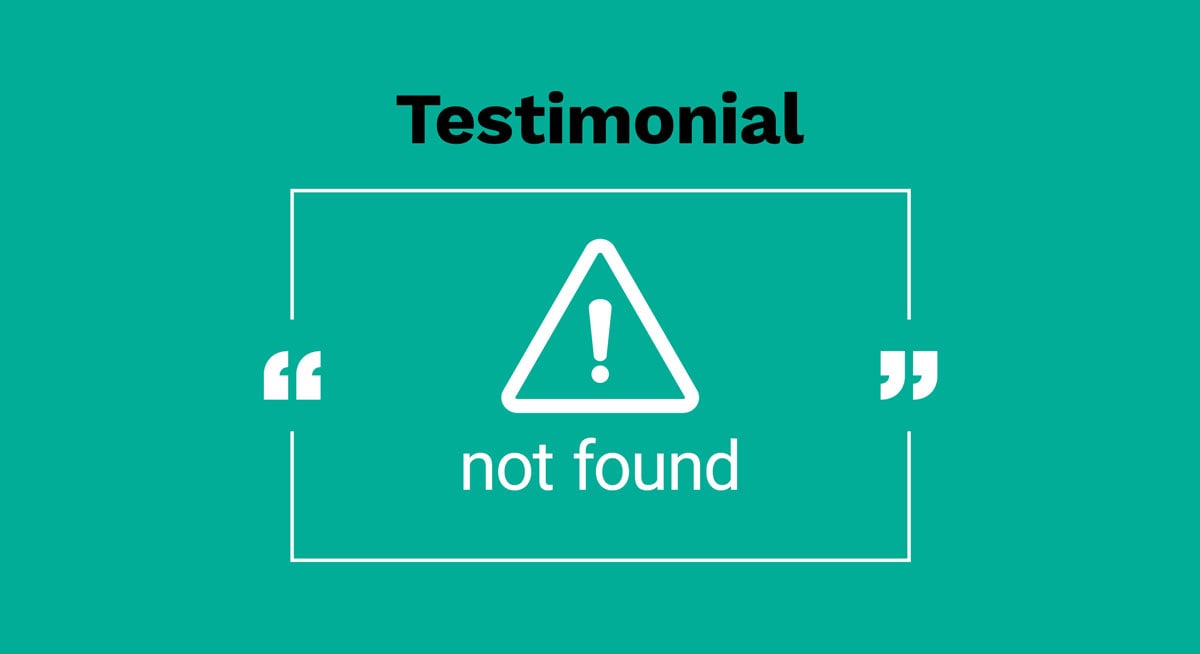The growing importance of influencer marketing for B2B.

April 25, 2023

Social media and influencer marketing are top priorities in the B2C space. In fact, influencer marketing spend this year is forecasted to increase by $4.7 billion. This focus was particularly evident in the Superbowl this year, with social media influencers generating far more buzz than the traditional big-game commercials.
Take this for example. Despite the Superbowl being held at State Farm Stadium, State Farm itself opted out of a commercial in favor of partnering with influencer Khaby Lame for a TikTok video. The decision paid off, with their video reaching 220 million views—more than double the game’s live viewership—including 1 million likes, 19,000 comments and 5,000 shares.
B2C trends continue to influence B2B strategies.
Just as influencer marketing has become integral for marketing to consumers, it’s now expected to be a top B2B strategy. After all, business professionals are consumers at the end of the day and it’s all about reaching them through the platforms they frequent via the people they follow. In fact, 61% of people trust influencers’ recommendations compared to only 38% who trust branded social media content. This type of content is invaluable when it comes to building brand awareness and trust.
Another contributing factor to this rising trend is the ROI. Companies are seeing impressive results, with B2B professionals reporting influencer marketing to yield 11X the ROI of traditional advertising. Even with marketing budgets tightening this year, influencer marketing has proven to be more resilient than other tactics when it comes to driving sales and engagement. By leveraging micro- and nano-influencers, you can also reach niche and loyal followings without spending money on big partnerships.
Identifying the best influencers for your company.
To develop an effective strategy, there are important factors to consider and best practices to follow. When it comes to identifying which influencers you should partner with, remember it’s not about how many followers they have, but how relevant their audience is to your business and how engaged the followers are with their content. A great place to start is seeing who your customers are following, including brands, podcasts, magazines and blogs.
A TopRank Marketing study asked B2B professionals what factors they consider when evaluating an influencer. They responded with the following:
- Relevance of audience (98%)
- Audience sees them as trustworthy (87%)
- Subject matter expertise (78%)
- Values align with the brand (69%)
- Influencer publishes on at least one platform (65%)
- Ability to create content (54%)
- Size of audience (49%)
- Professional credentials (42%)
- Advocate for our brand (33%)
You can also tap into your existing pool of brand advocates—such as customers, partners and even internal executives. In the same study, when asked about the influencers they partner with, B2B marketers and communications professionals say they use the following:
- Industry experts and analysts (77%)
- Internal executives (56%)
- Niche experts (48%)
- Customers (46%)
- Professional influencers (45%)
- Employees (42%)
- Prospects (12%)
Business goals and sales alignment are also important considerations to have when choosing an influencer. If their goals are the same, you can work towards those goals together and it will strengthen the partnership and outcome.
Creating content and measuring ROI.
Pushing the right content to the right channels is paramount. While LinkedIn is typically seen as the primary B2B channel, a HubSpot survey found B2B brands increased their investment in Twitter and Instagram the most last year. LinkedIn certainly is still important, but it’s smart to expand to other channels as well since they have much larger user bases and opportunities for high engagement. Social content needs to be intriguing and shareable, and videos are often the way to go. Instagram is the platform of choice for many, due to the collab-post feature.
Often the goal of influencer campaigns is to grow awareness and establish credibility. Thought leadership content via webinars and guest blogging is a great way to attract other influencers and encourage discussions that showcase your expertise. One study found webinars, social media and blog posts to be the most effective channels for B2B influencer marketing.
When it comes to measuring ROI, your metrics should depend on your goals. For example, if the purpose of your campaign is to generate brand awareness, metrics could be impressions or clicks. If it was to promote a product or event, conversions and sales are more applicable.
Keep in mind, the timeline for seeing results will be longer. Whereas a B2C campaign could see product sales spike within a month, B2B sales cycles are much longer and include more decision-makers. In some cases, the results may not be tangible for half a year or more.
B2B success stories.
Cisco has had tremendous success with influencer marketing from its Cisco Champion program which invites customers, partners and consultants who have influence within the IT community to share their Cisco product-related expertise via YouTube and Twitter. The program has generated over 55,000 tweets and many more mentions.
SAP also heavily relies on influencer marketing whether it’s hosting influencer events and conferences, to running targeted campaigns. One example is a campaign for its Human Resources software called Success Factors. In an effort to convince HR professionals of its value and encourage employee adoption, SAP created an eBook, social posts, animated graphics and a landing page for their influencers to share—which included industry professionals, internal executives, partners and clients. The campaign was a great success, with influencer shares accounting for 86% of all eBook views and 69% of conversions.
As influencer marketing continues to grow in the B2B space, we hope these insights help you take advantage of profitable influencer opportunities within your industry.





